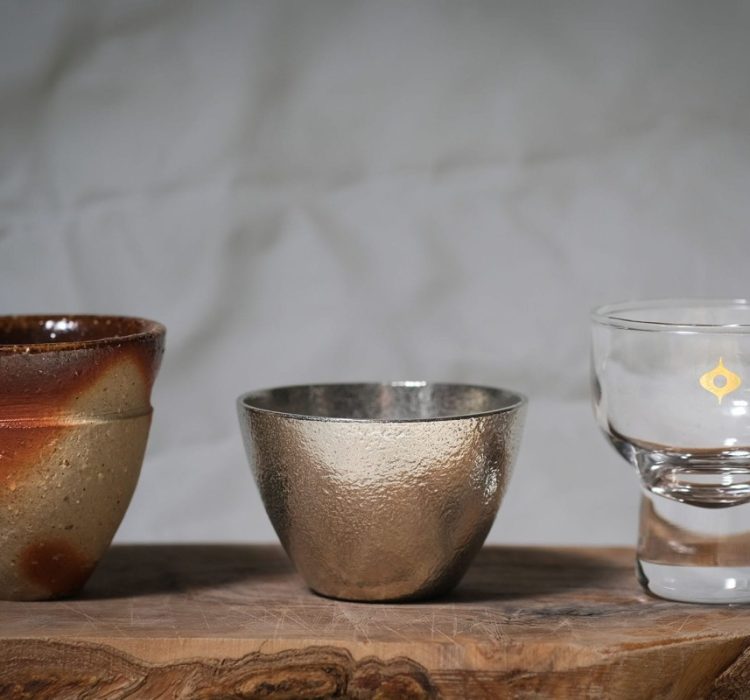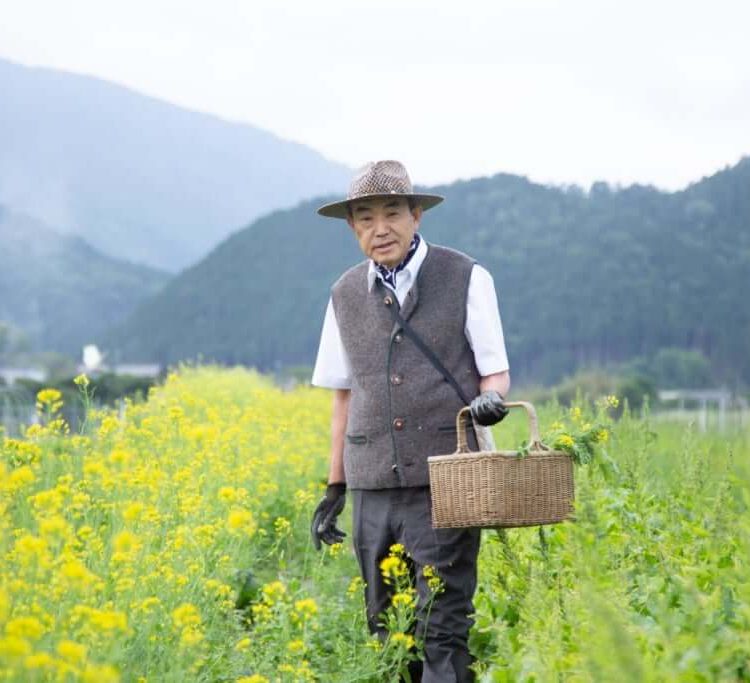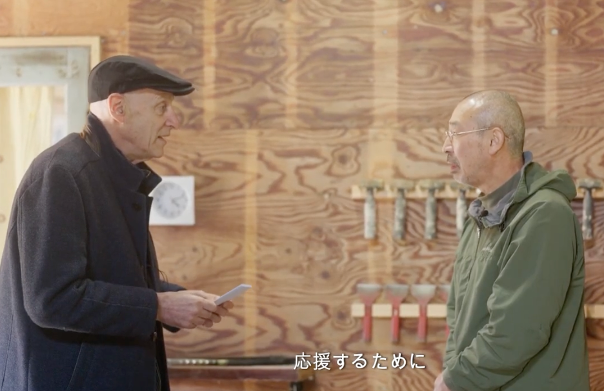
June.30
Elizabeth Andoh – A Taste of Culture
June.30
Dear friends, colleagues and those who have expressed an interest in the FOOD & CULTURE of Japan: 豆皿 MAMÉ-ZARA Small Plates One of the distinctive features of Japanese food arrangement is the use of many small plates and bowls in serving a meal. These vessels are typically varied in appearance (color, shape, design) and generally…

May.12
Elizabeth Andoh – A Taste of Culture
May.12
Dear friends, colleagues and those who have expressed an interest in the FOOD & CULTURE of Japan: SHŌBU: 尚武・勝負・菖蒲 The Japanese often engage in word play, and during the month of May there are two words, SHŌBU and KATSU, that provide opportunity to engage in homonym fun. The words for martial spirit (shōbu, 尚武), victory…

May.12
Gianfranco Chicco – The playful guinomi
May.12
This is the second essay in a three-part series that started with The humble yunomi. In Japanese drinking culture, the container often matters as much as what fills it. May is my birthday month so in the spirit of celebrating life, I thought it would be appropriate to write about guinomi, the little cups used…

Apr.20
Elizabeth Andoh – A Taste of Culture
Apr.20
Dear friends, colleagues and those who have expressed an interest in the FOOD & CULTURE of Japan: In Japan, April is the time for new beginnings — the start of a new school year, a new fiscal year, and changes to to many established programs on TV, radio and other media outlets. In tune with…

Mar.28
Gianfranco Chicco – THE CRAFTSMAN NEWSLETTER
Mar.28
The Butterfly Effect: Sori Yanagi and the Art of Appreciation The saying goes that you shouldn’t meet your heroes, but what about celebrating them? In November last year, a diverse group of people working in the UK’s design industry gathered at the Vitra showroom in London to launch the Sori Yanagi Appreciation Society (SYAS). read…
Mar.28
Elizabeth Andoh – A Taste of Culture
Mar.28
Celebrating Sakura The Japanese take great pleasure in celebrating the seasons and SAKURA (cherry blossoms) are emblematic of spring. From the time buds (tsubomi 蕾) first appear to the official pronouncement of blooming (kaika 開花) it is often less than a week. And from there to full-blown flowering (mankai 満開) can be just days. The…

Feb.05
Pen – Celebrating Nature Through Cuisine in ‘Wild Herbs’
Feb.05
In this book, Michelin-starred chef Hisao Nakahigashi reflects on his childhood memories, his philosophy of cooking, and shares his recipes. ‘Times change, and there’s nothing we can do about it. But no matter how the world evolves, humans can never truly live apart from nature. This is a truth that all of us who work…
Jan.22
Pen – Carving the Universe in Paper
Jan.22
An exhibition celebrates the diverse techniques that elevate paper to an art form, from origami to sculpture and ‘kirie’. In an era of increasing digitalisation, paper remains an essential part of daily life. The exhibition Micro and Macro Universe of Paper Art at the Ichihara Lakeside Museum in Chiba Prefecture pays tribute to this timeless…

Jan.06
Steve Beimel – Dear Friends and Supporters of JapanCraft 21
Jan.06
I am writing this to you just after New Year’s Day from my home in Kyoto. Exactly one year ago today, I felt tremors in my living room, so I turned on Japanese television to the shocking news that a massive earthquake had hit the Noto Peninsula, less than 200 miles away. The damage was…

Jan.02
Elizabeth Andoh – A Taste of Culture
Jan.02
Dear friends, colleagues and those who have expressed an interest in the FOOD & CULTURE of Japan: For New Yorkers watching the ball drop at Times Square, ether in person or on TV has been a traditional way to welcome the New Year since 1907. For Brits its likely to be listening to Big Ben’s…






